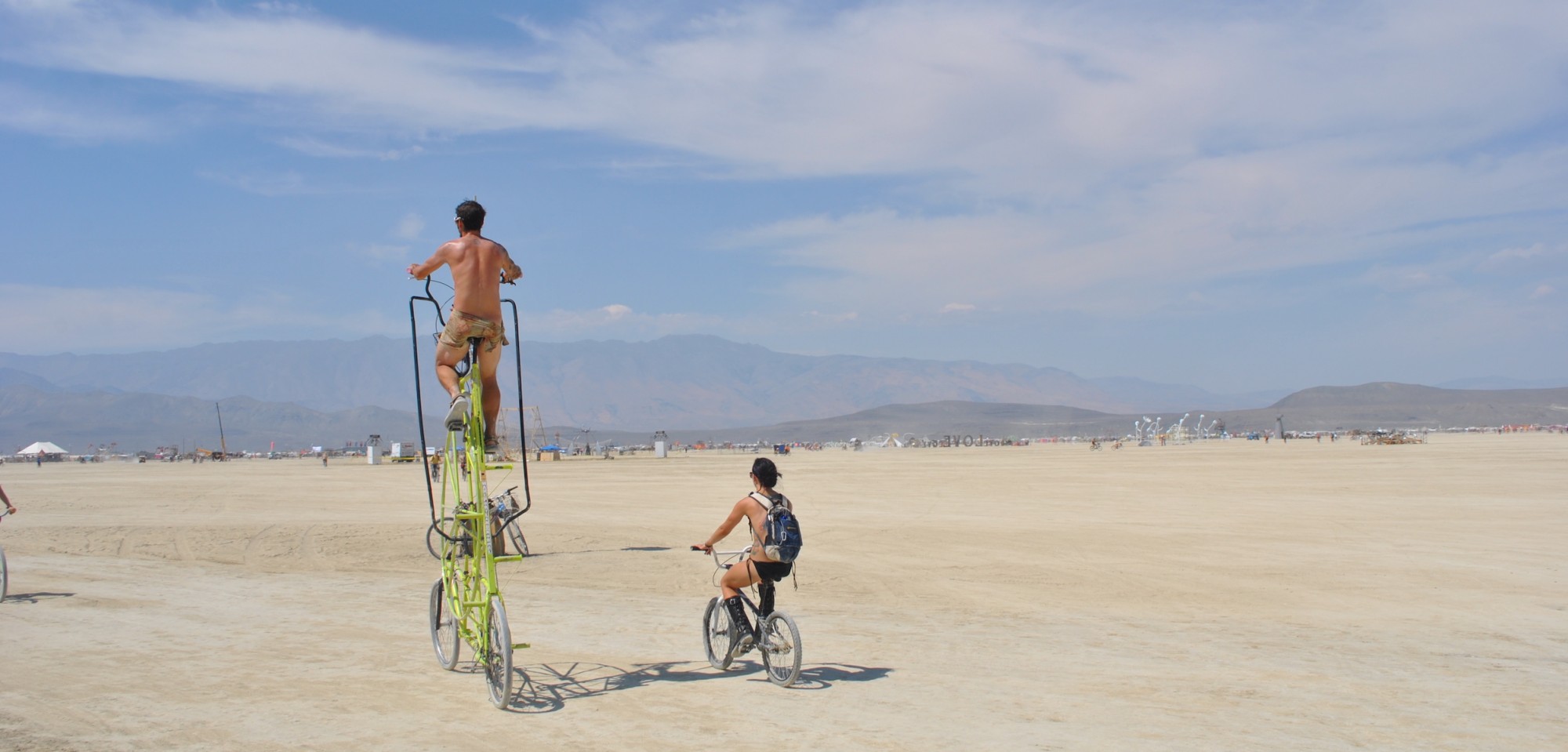What is a URL? It’s just the start of a whole bunch of jargon-y acronyms that you’ll find here on the internet. The quick explanation is that a url is just a full name for something on the internet. Last post I talked about domain names, and domain names are just a part of the URL.
URL stands for Uniform Resource Locator, but it just means a specific thing on the internet. This may refer to a specific page on my blog, or a specific image you found off Google. Some people who get mad about technical things say that we should really call it URI (Uniform Resource Identifier), but the difference isn’t a big deal here, and most people call things URLs.
Here is an example URL: http://thekeesh.com/?s=domain+names
This has most of the parts of a URL that we care about.

The part that says “http://” or “https://” is the scheme or the protocol. That is just telling us something about the way everything is sent. We’ll talk more about that later. The part that says “thekeesh.com” or www.facebook.com is called the domain, like we talked about before. The part after the domain name but before the question mark is called the “path,” as you can see in the Facebook url, the path is “/jkeesh.” The part starting with the question mark is called the query string and gives a little more information to the URL. I will talk more about query strings in a later post.
That is what a URL is. You may still be confused on the parts of a URL, but we will go into more depth on those later. Whenever you send a “link” to someone, you really send them the URL. It’s just a specific thing on the internet, and the URL is the full name that refers to it.

That is what a URL is. You may still be confused on the parts of a URL, but we will go into more depth on those later. Whenever you send a “link” to someone,